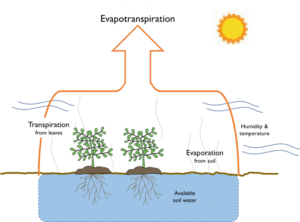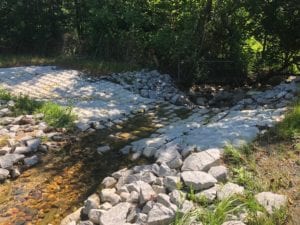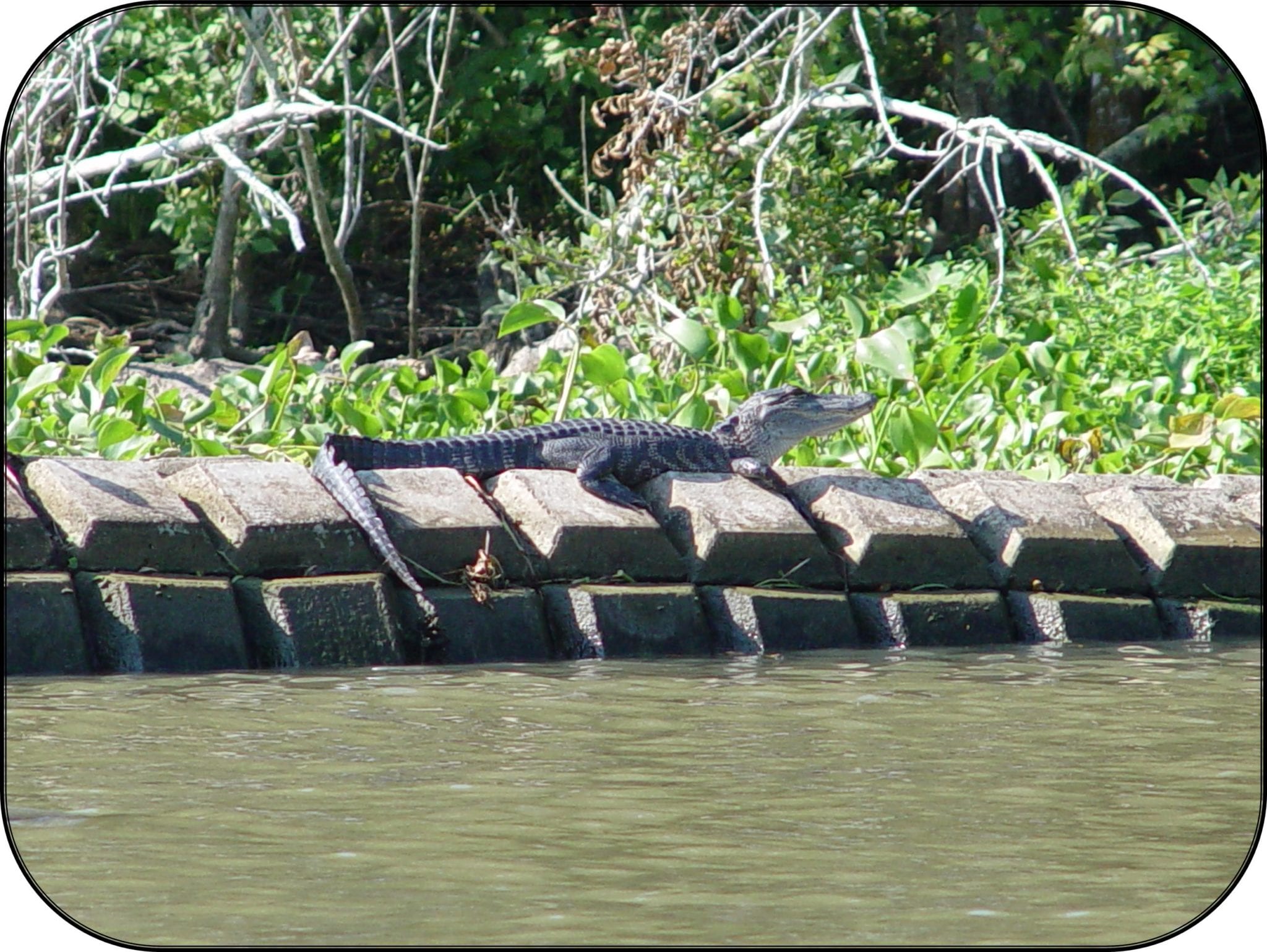Migration and habitat are critical considerations for pipeline design. With approximately 2.5 million miles of transmission pipelines crossing the U.S., it’s understandable that construction and maintenance activities could affect animal habitats from time to time. That’s why animal habitats and migration patterns are factored into the earliest planning and design stages for pipeline projects, right through the construction phase and throughout the life-cycle of the pipeline.
The number of animals listed as endangered, threatened, or a special concern grows year after year. Much of the lands that pipelines run through contain wildlife that need special protection. Responsible pipeline companies do everything they can to protect the wildlife population.
Minimizing the impact on animals, fish, and plants plays a significant role in the planning process. Where pipelines could impact sensitive species, such as caribou or migratory birds, specific mitigation and monitoring plans are developed to ensure that plans are in place to further minimize the direct and indirect effects on their populations.
- The projects start by using government data to identify potential species in at-risk habitats along the pipeline route. The routes are then refined wherever possible to avoid those habitats. Wildlife sweeps and surveys can also be conducted to ensure that there is no active nesting or young in the area prior to any crews, equipment, or vehicles being mobilized to the site.
- It doesn’t stop there: after construction great effort is put into returning the land around the site to its natural state. Topsoil is saved separately from subsoil so that the layers of soil can be restored as closely as possible, and vegetation is replanted.
Helping with recovery of the land and speedy vegetation growth is where Submar excels. Not only do plants harbor the return of wildlife, they also help to fight erosion, which further keeps the land and wildlife safe.
Plants and grass intercept rainfall, causing absorptive and evaporative losses that reduce surface water runoff and erosion. Evergreen trees and shrubs continue the metabolic activity known as evapotranspiration, which extracts moisture from the soil. Wet soil can lead to land-slides. Roots reinforce the soil, increasing lateral soil sheer strength and cohesion during saturated conditions.

Articulating concrete revetment mats are a cost-effective, long-term solution that encourage natural plants and, in turn, animals to return to the area. These mats consist of flexible concrete elements connected by ultraviolet stabilized copolymer extruded fiber rope. Because of their nature, they become part of the landscape.

To learn more about the Submar articulating concrete revetment mats, visit our website.


